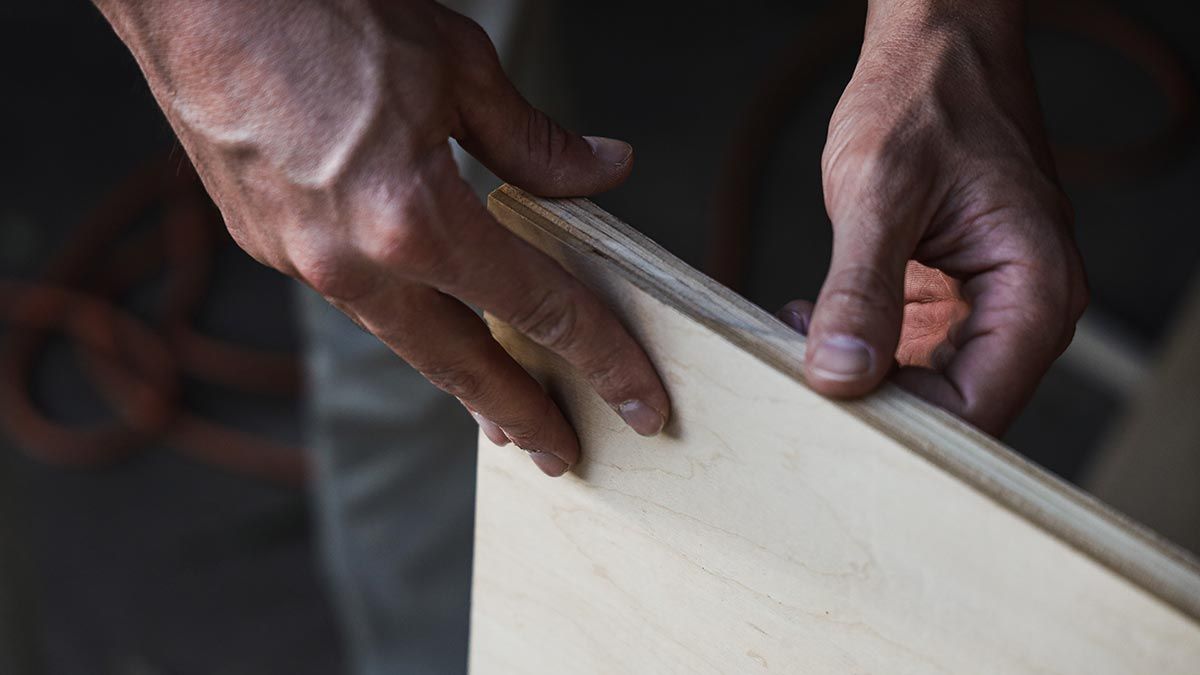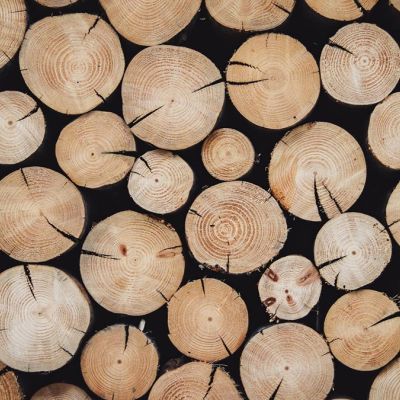WANT A GREAT DEAL?
Add products & we'll be in touch soon!


Formply Versus LVL: Which One Is the Best?
Whether you’re building or renovating, it’s important you know your suppliers and materials and can be sure you’re getting good quality products. Here at Direct Trades Supply, you are guaranteed top-class products. We’ve been supplying high-quality construction materials for over 20 years, helping construction, engineering, mining, and farming sectors get the most out of their projects.
Focusing on materials, one of the most common materials used in residential construction is plywood. Now you’ve probably heard about plywood before, but do you know exactly what it is? Let’s take a closer look.
What you need to know about Plywood
Plywood is simply a material made from glued thin layers of wood veneer, with each layer rotated up to 90 degrees in a method called cross-graining. This gives plywood that extra strength and durability, even if it’s thinner than your typical wood. Cross-graining also keeps the plywood from splitting even when it’s nailed, and it allows for better stability by reducing shrinkage and expansion of the material as time goes by.
Let’s look at what makes these products so popular for construction projects.
Formply
Plywood has a distinct look that makes it uniquely different from other materials. But there are also instances when the natural look of plywood doesn’t fit into a structure’s overall design and aesthetics. This is when Formply comes in. This type of plywood has a laminated finish, but it’s still categorised as construction plywood. The truth is: it’s a combination of both. Formply is a type of structural plywood that undergoes a special lamination process to give it extra durability and strength as compared to your typical construction plywood.
The lamination used in Formply is premium-grade phenolic resin saturated sheets of paper known to adhere to the outermost layer of plywood, adding to its quality and strength. Acting as structural plywood, Formply is for projects that require a much stronger material than regular plywood. Bond glue is also used in putting together the different layers of Formply, making it a lot stronger and more weather-resistant, especially in wet conditions. You can expect this type of structural plywood to perform efficiently, even when immersed in water.
The benefits of using Formply
Formply is undeniably one of the best types of plywood that you can find in the market today, where you get to enjoy these benefits upon using it:
- It is waterproof. Formply is specifically designed to be waterproof. That extra laminated layer on the outermost layer of this plywood makes it perfect for outdoor applications. Although Formply is still not as durable as marine-grade plywood that can be immersed in water for hours without showing signs of weakening, it is still one of the best materials to use for applications where it could get wet at some point.
- It follows Australian quality standards. One of the reasons most of our clients choose Formply is because it’s guaranteed to have passed the Australian Standards 6669, the barometer for all high-quality plywood. AS 6669 is also a structural rating, which means that Formply is rated to be used safely even in load-bearing applications.
- It is highly resistant to wear and tear. Since construction projects are a huge investment, it just makes sense to choose materials that will last you a long time. Passing the AS 6669 means that Formply is highly resistant to wear and tear, mainly because of its laminated layer that adds to its strength and durability. This also means that Formply can withstand the test of time, so you don’t have to fix or replace it often.
The different uses of Formply
With flexibility, durability and strength as some of its top qualities, Formply is the material of choice for many construction projects where it is used for:
- Cabinetry and furniture pieces
- Beams and bridges
- Benches and shelving
- Moulding for concrete
The price of Formply will depend on your supplier. Get in touch with us at Direct Trades Supply to get the best price for your Formply needs.

Laminated Veneer Lumber (LVL)
What about LVL? Laminated Veneer Lumber, more popularly known as LVL, is another popular structural product here at Direct Trades Supply. It has been used for different construction and structural projects for the last 30 years because of its proven stability and durability, especially when used in roofs, beams, lintels, and other parts of a structure that require high-quality strength.
LVL is a type of engineered wood product made by putting together multiple layers of thin wood using glue. A combination of glue, heat, and pressure is used to make sure that the final product is produced with precision.
The production of LVL begins with 2.5mm-4.8mm veneer sheets produced by a process called rotary peeling. The method used for LVL production is quite similar to structural plywood. The only difference is the grain orientation of each veneer since they are assembled in a longitudinal direction, so it looks almost the same as solid lumber. If you look at the cross-section of LVL, it looks like lumber.
The benefits of using LVL
LVL is considered one of the best structural products for even the most demanding projects. Here are some of the benefits that you can enjoy with this product:
- Its strength is comparable to steel. The combination of top quality raw materials and a unique manufacturing process gives LVL one-of-a-kind strength that’s comparable to steel. This is why it’s not uncommon for engineers to replace steel with LVL in some parts of the structure. This type of structural plywood also helps to reduce the number of materials needed to complete a project, thus cutting down costs significantly.
- It’s lightweight. LVL has the advantage of being 30% lighter than your typical hardwood. This means that you don’t need mechanical lifting, which helps you save money and cut down the time it takes to complete a construction project. LVL is also considered safer to work with because it’s much lighter than other products.
- It’s longer than other materials. One of the biggest advantages of LVL is its length. A standard. Just talk to us about your requirements, and we can find the best LVL length for you.
- It helps you cut down costs. Construction and structural projects can be quite costly, but not when you use LVL. Unlike steel, this material can easily be connected, so you do not need to procure additional equipment and hire manpower to cut and weld it. When compared to steel and other options, LVL is still a lot cheaper without sacrificing quality.
Popular Articles

Company
123 Kelvin Road
Maddington WA 6109
P: 1300 123 387 (DTS)
E: [email protected]
Opening Hours
6:30 AM - 5:00 PM Mon-Fri
7:30 AM - 12:00 PM Sat
Closed Public Holidays












